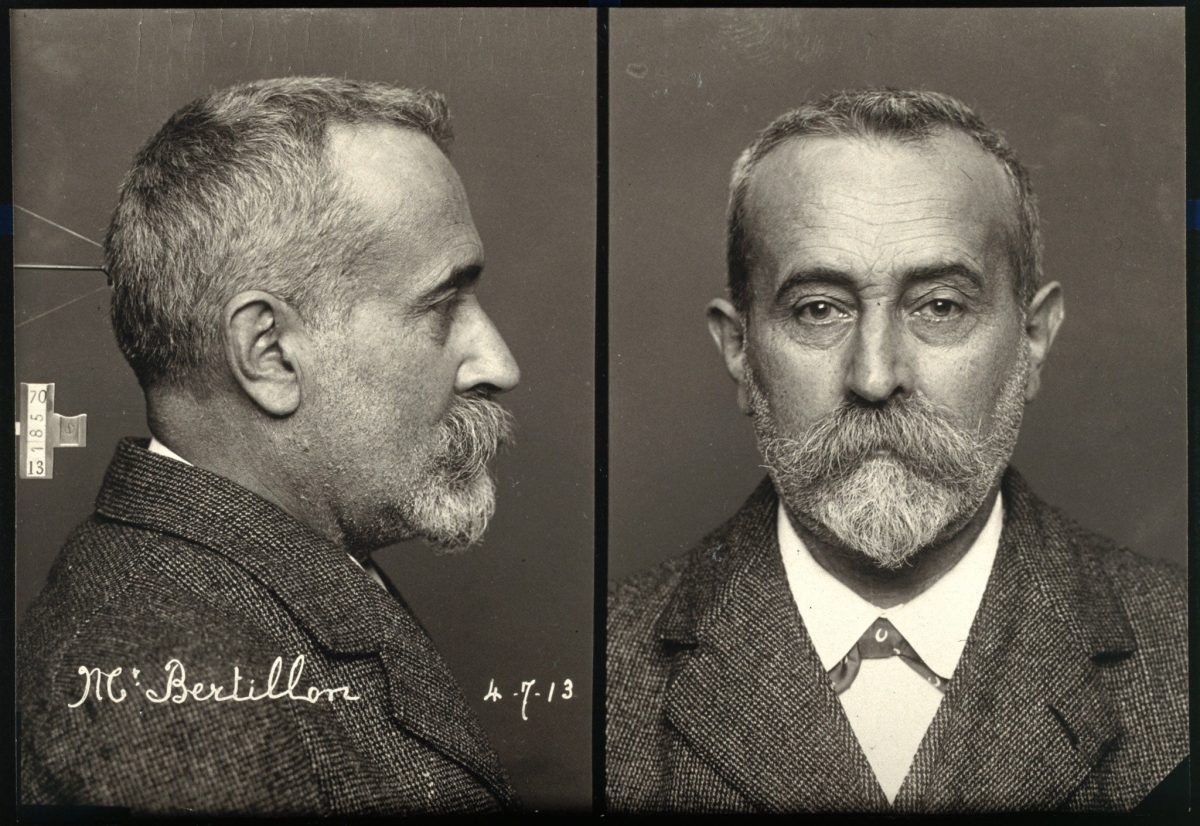
According to his creator Sir Arthur Conan Doyle, Sherlock Holmes only had one real rival–the French police detective Alphonse Bertillon.
In The Hound of the Baskervilles, Holmes is irked to be told by a client that the legendary Baker Street detective is only the “second highest expert in Europe.”
“Indeed, sir! May I inquire who has the honour to be the first asked Holmes, with some asperity.
“To the man of precisely scientific mind the work of Monsier Bertillon must always appeal strongly.”
Though Holmes was greatly peeved by this remark, he was later to admit his own “enthusiastic admiration of the French savant.”
Alphonse Bertillon (1853-1914) was famed for introducing anthropometry to police investigations–a process by which criminals were classified by identifiable physical characteristics–eyes, length of nose, shape of ear, measurements of head. Bertillon created a whole system by which criminals could be identified. It was a pseudoscience that opened the door to some deeply questionable racial stereotyping–especially by the Nazis in the 1930s and 1940s. Before all that, Bertillon’s system was replaced by fingerprinting.
Bertillon’s system of anthropometry.
It is often claimed Bertillon’s anthropometric system was finished by the strange case of Will and William West in 1903. When Will West was arrested in America, his anthropometric measurements matched another prisoner who was rather unbelievably also called William West. The similarities between the two men was quite incredible and the men were eventually identified by their fingerprints.
Yet, it is impossible their measurements were identical–rather they conformed within certain measurements which were similar but not exactly the same.
It is a fine story, but the strange case of Will and William West did not end the anthropometric system of Bertillonage. This eventually happened over fifteen years when fingerprints were considered an easier and more reliable way to classify and identify criminals.
Bertillon’s most important contributions to modern detective work was twofold. Firstly, he standardised the use of the mug shot for identifying criminals. Secondly, he pioneered the use of crime scene photography. Both which are still used in police investigations today.
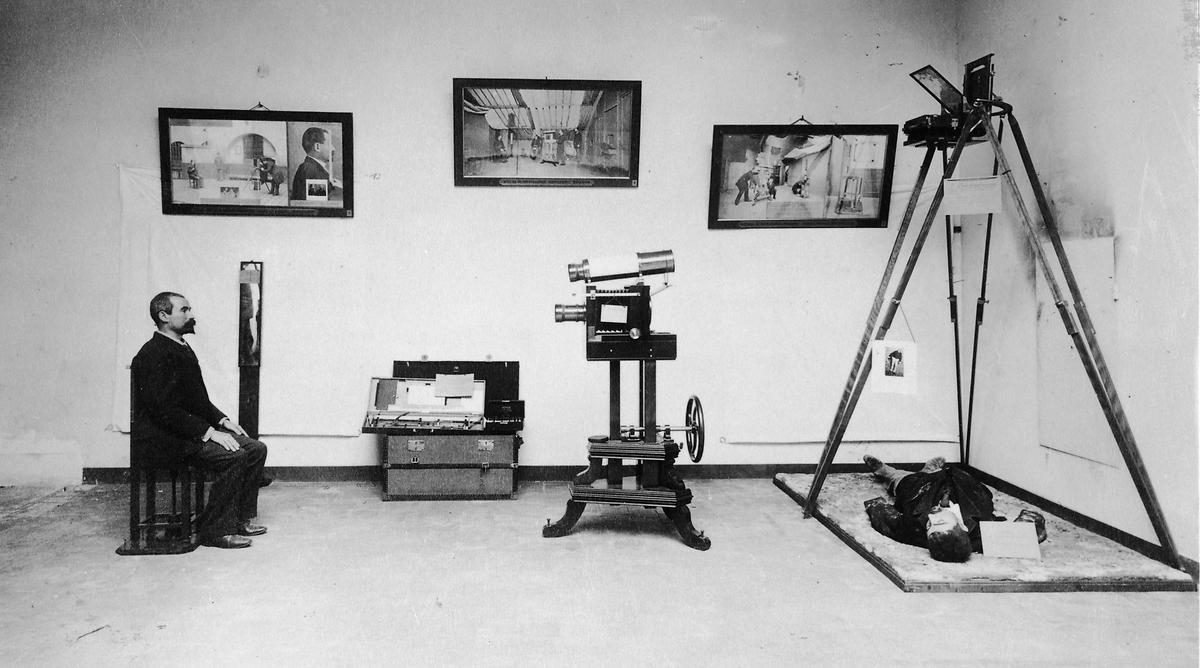
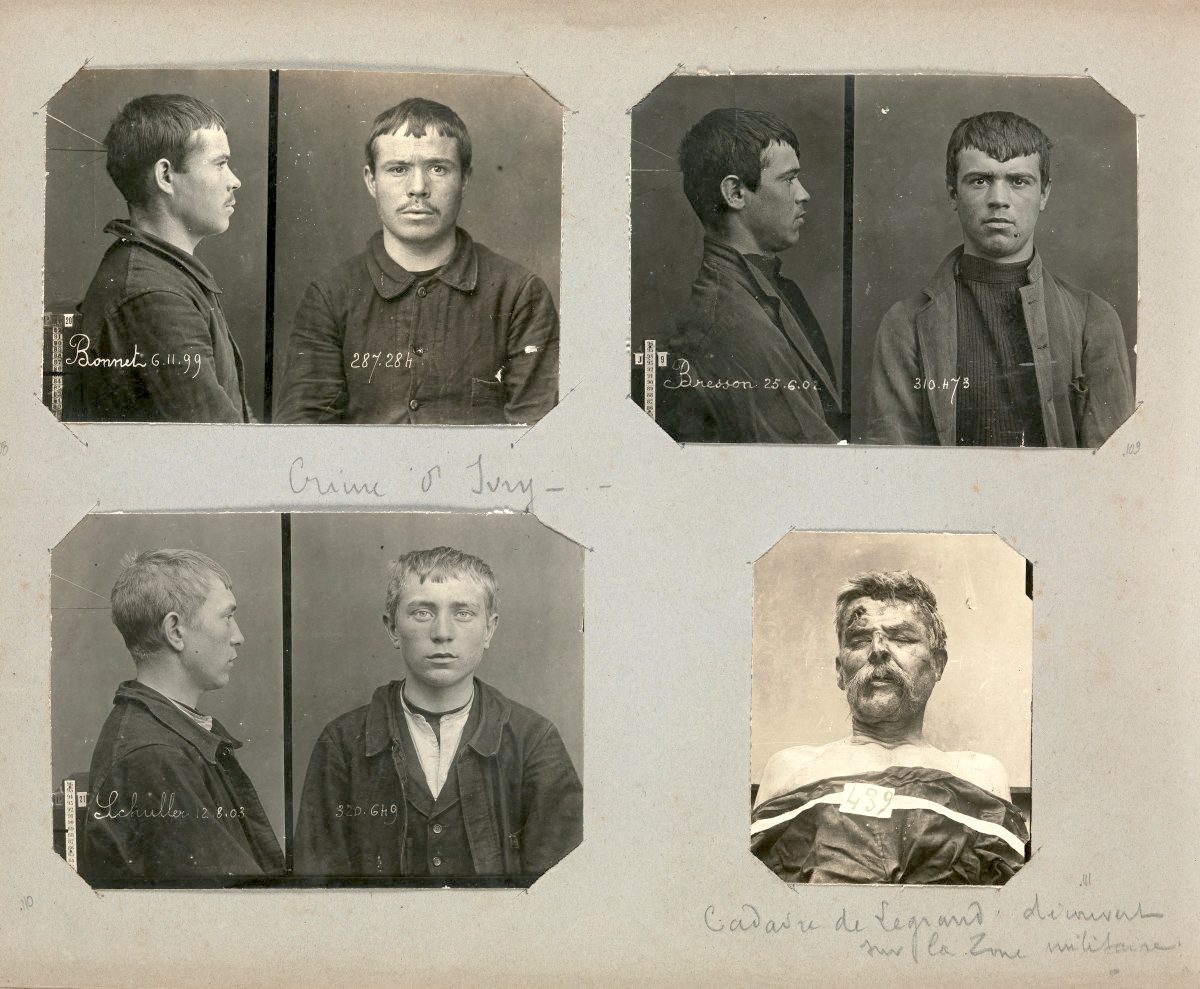
Below is a small selection of Alphonse Bertillon’s photographs of real crime scenes in Paris.
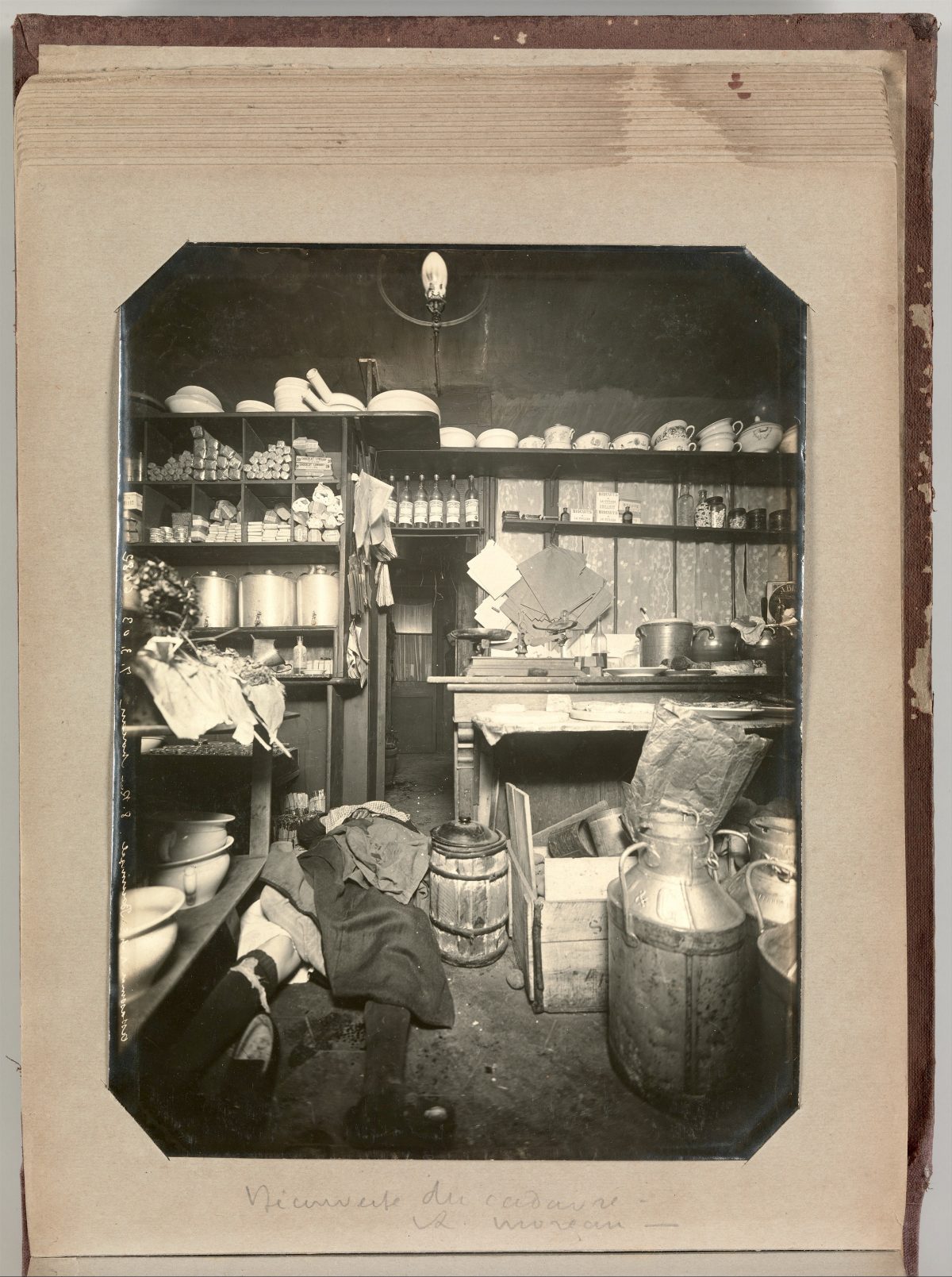


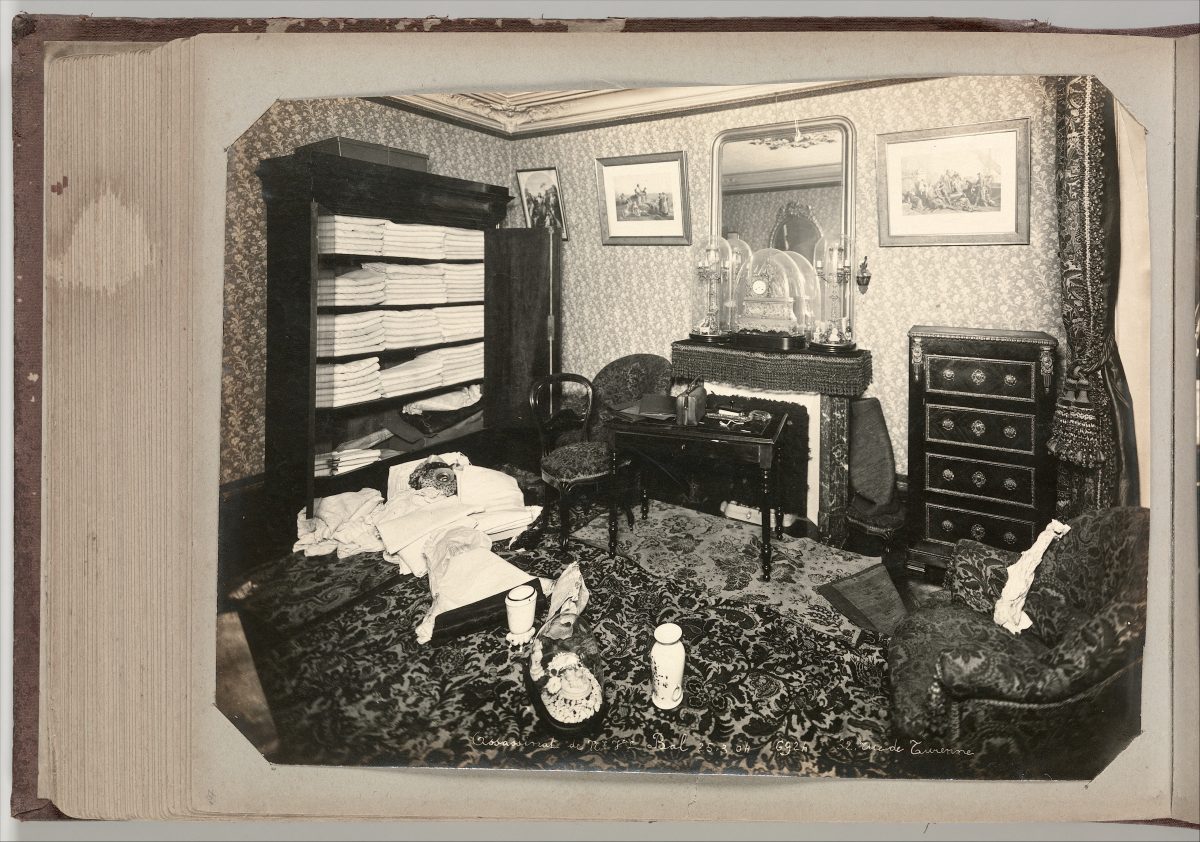
Alphonse Bertillon (French, 1853ñ1914)
[Album of Paris Crime Scenes], 1901ñ8
Gelatin silver prints; Overall: 24.3 x 31cm (9 9/16 x 12 3/16in.) Page: 23 x 29 cm (9 1/16 x 11 7/16 in.)
The Metropolitan Museum of Art, New York, Gilman Collection, Purchase, The Howard Gilman Foundation Gift, 2001 (2001.483.1-.172)
http://www.metmuseum.org/Collections/search-the-collections/284718
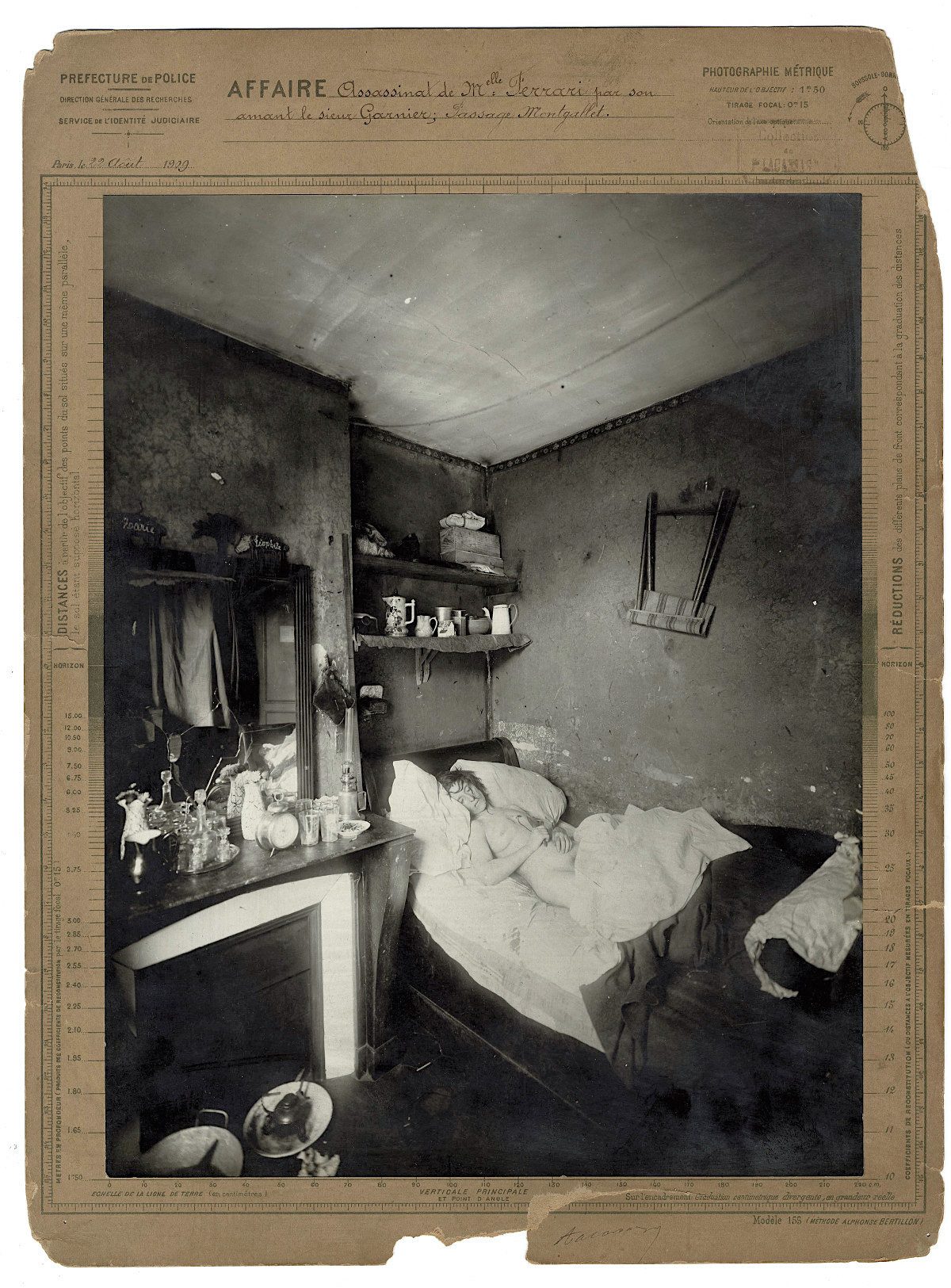
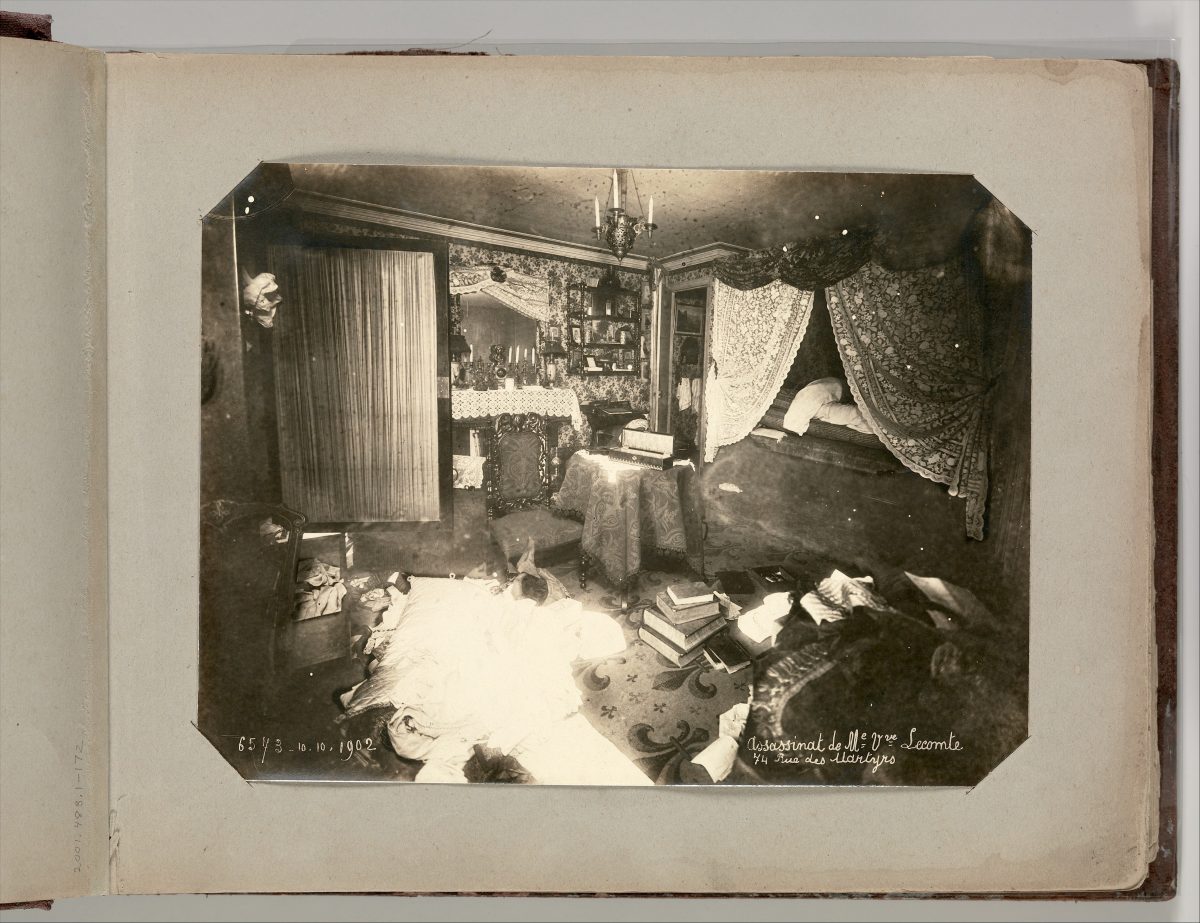
Alphonse Bertillon (French, 1853ñ1914)
[Album of Paris Crime Scenes], 1901ñ8
Gelatin silver prints; Overall: 24.3 x 31cm (9 9/16 x 12 3/16in.) Page: 23 x 29 cm (9 1/16 x 11 7/16 in.)
The Metropolitan Museum of Art, New York, Gilman Collection, Purchase, The Howard Gilman Foundation Gift, 2001 (2001.483.1-.172)
http://www.metmuseum.org/Collections/search-the-collections/284718
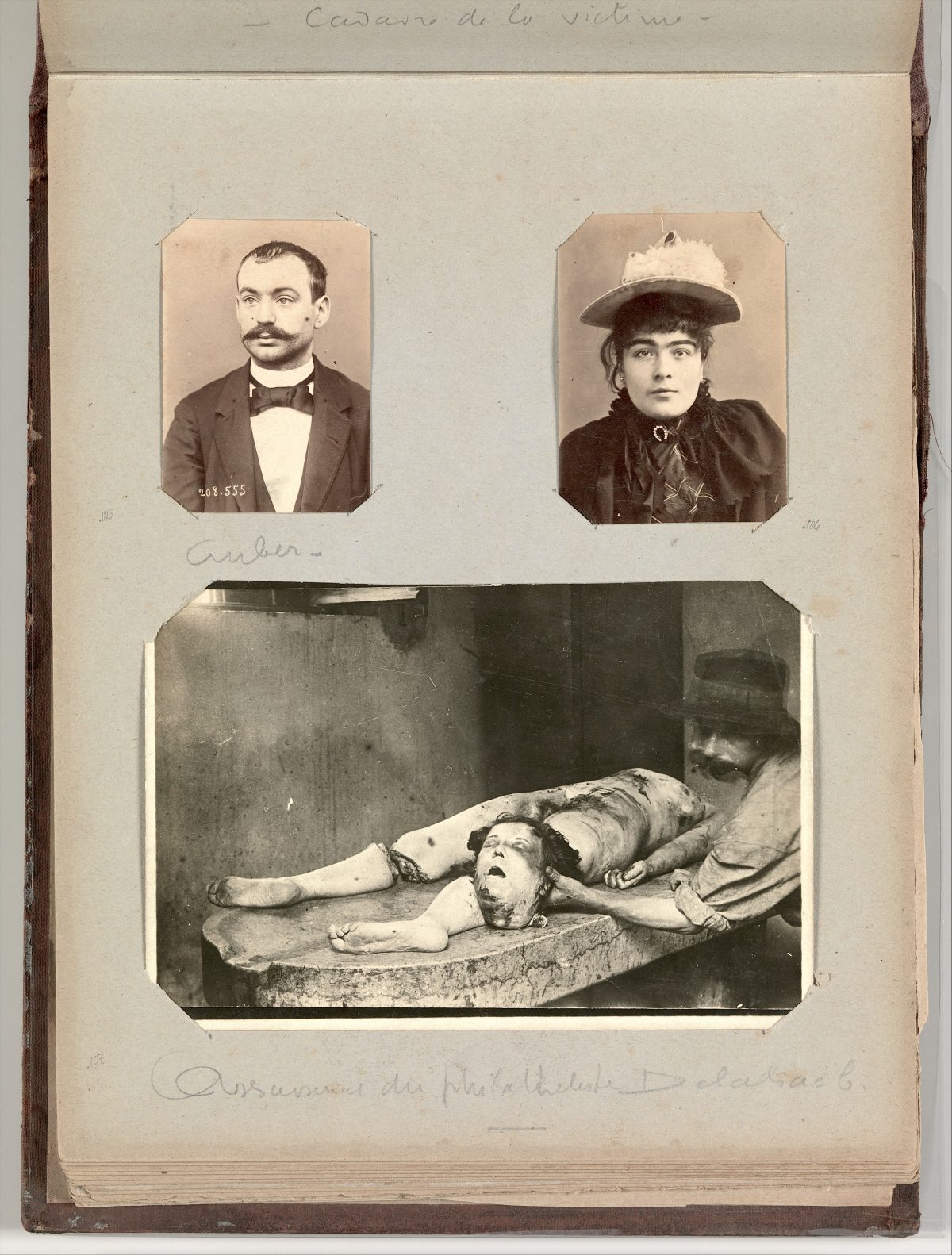
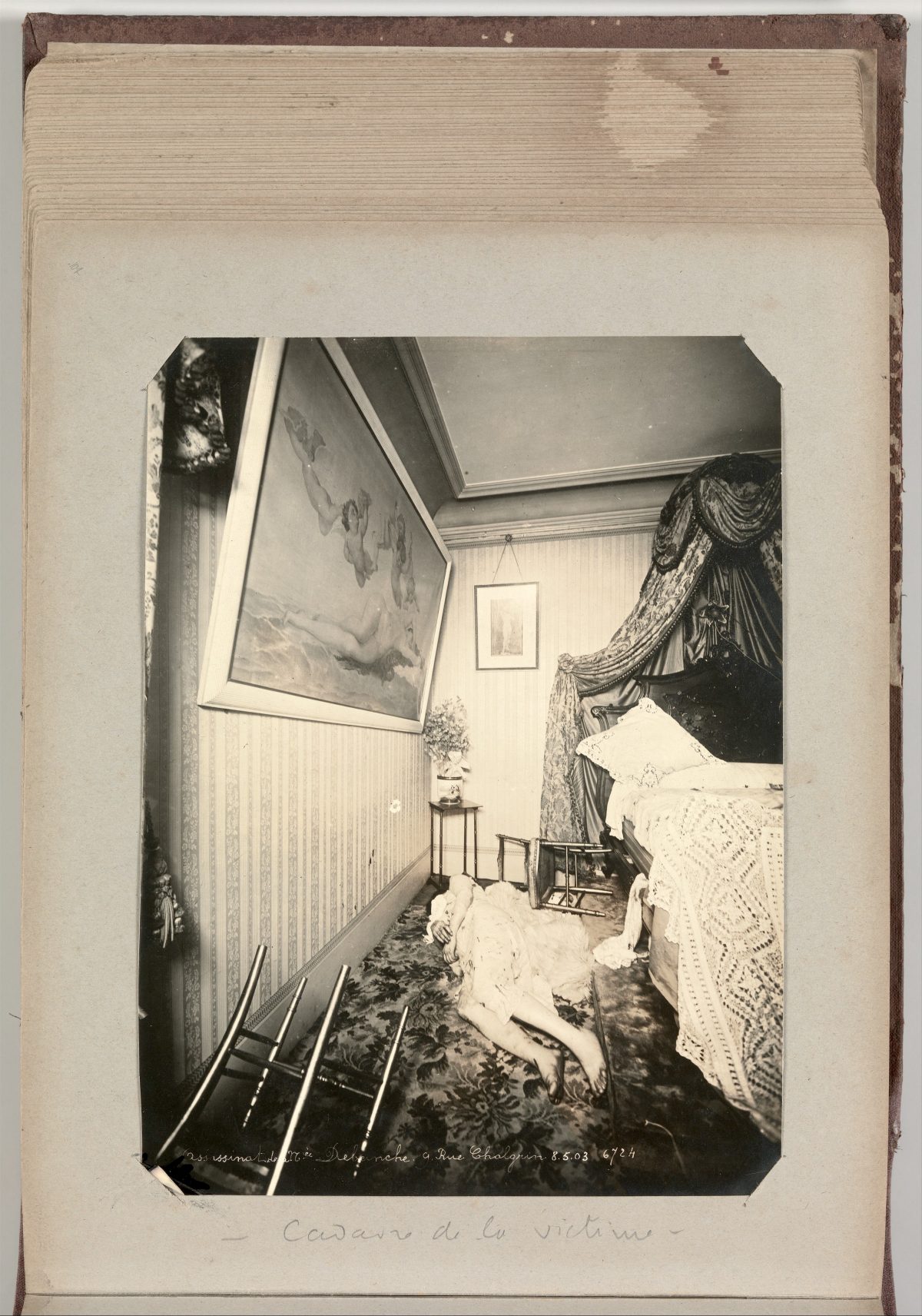
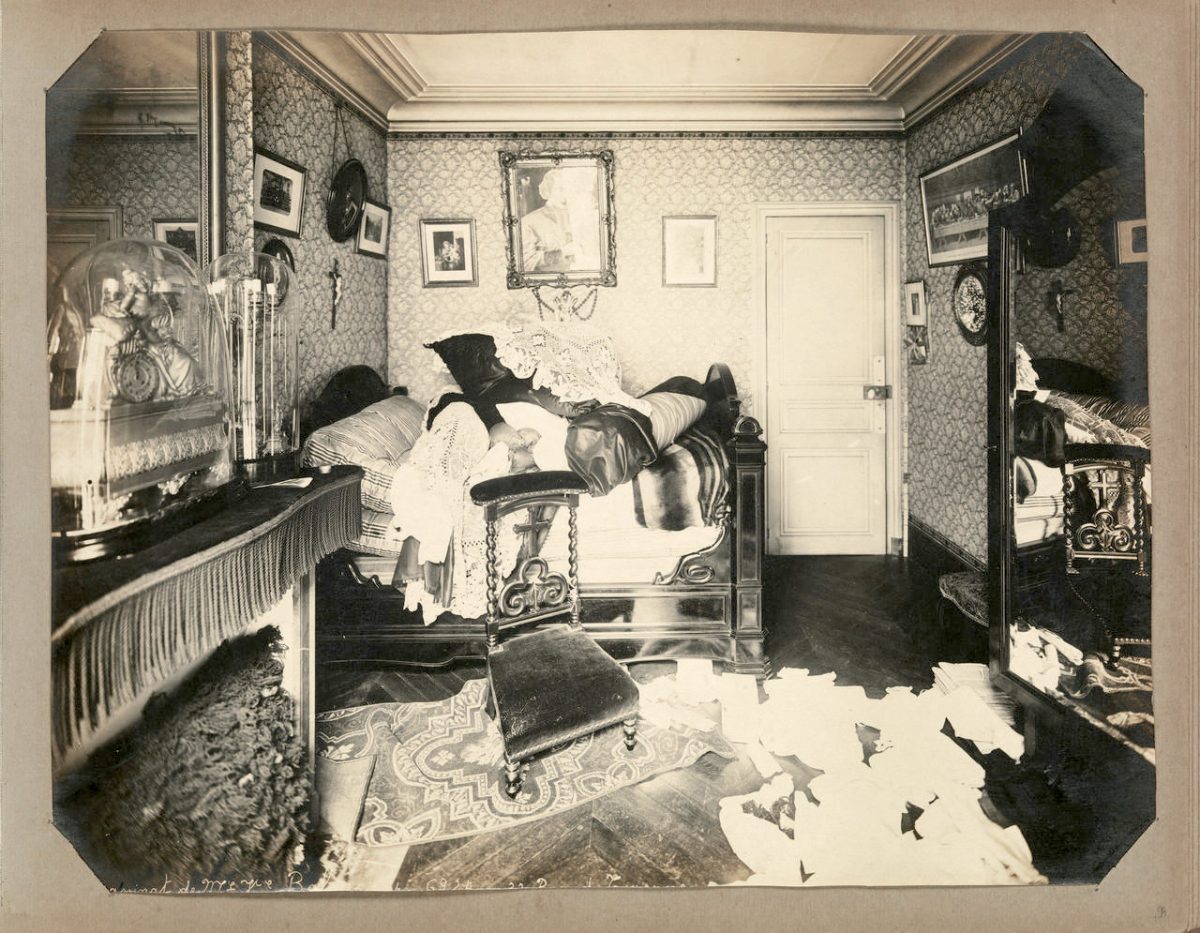
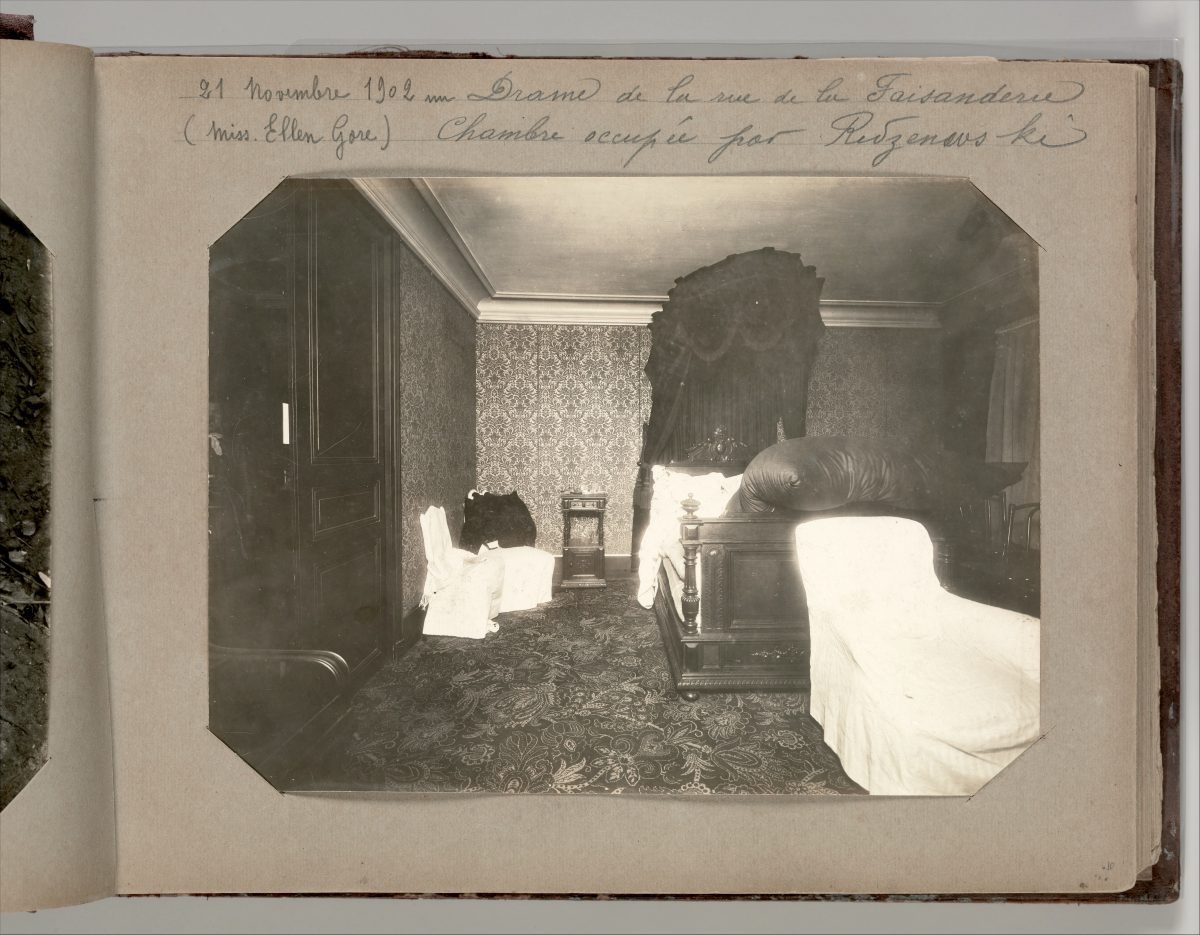
Alphonse Bertillon (French, 1853ñ1914)
[Album of Paris Crime Scenes], 1901ñ8
Gelatin silver prints; Overall: 24.3 x 31cm (9 9/16 x 12 3/16in.) Page: 23 x 29 cm (9 1/16 x 11 7/16 in.)
The Metropolitan Museum of Art, New York, Gilman Collection, Purchase, The Howard Gilman Foundation Gift, 2001 (2001.483.1-.172)
http://www.metmuseum.org/Collections/search-the-collections/284718
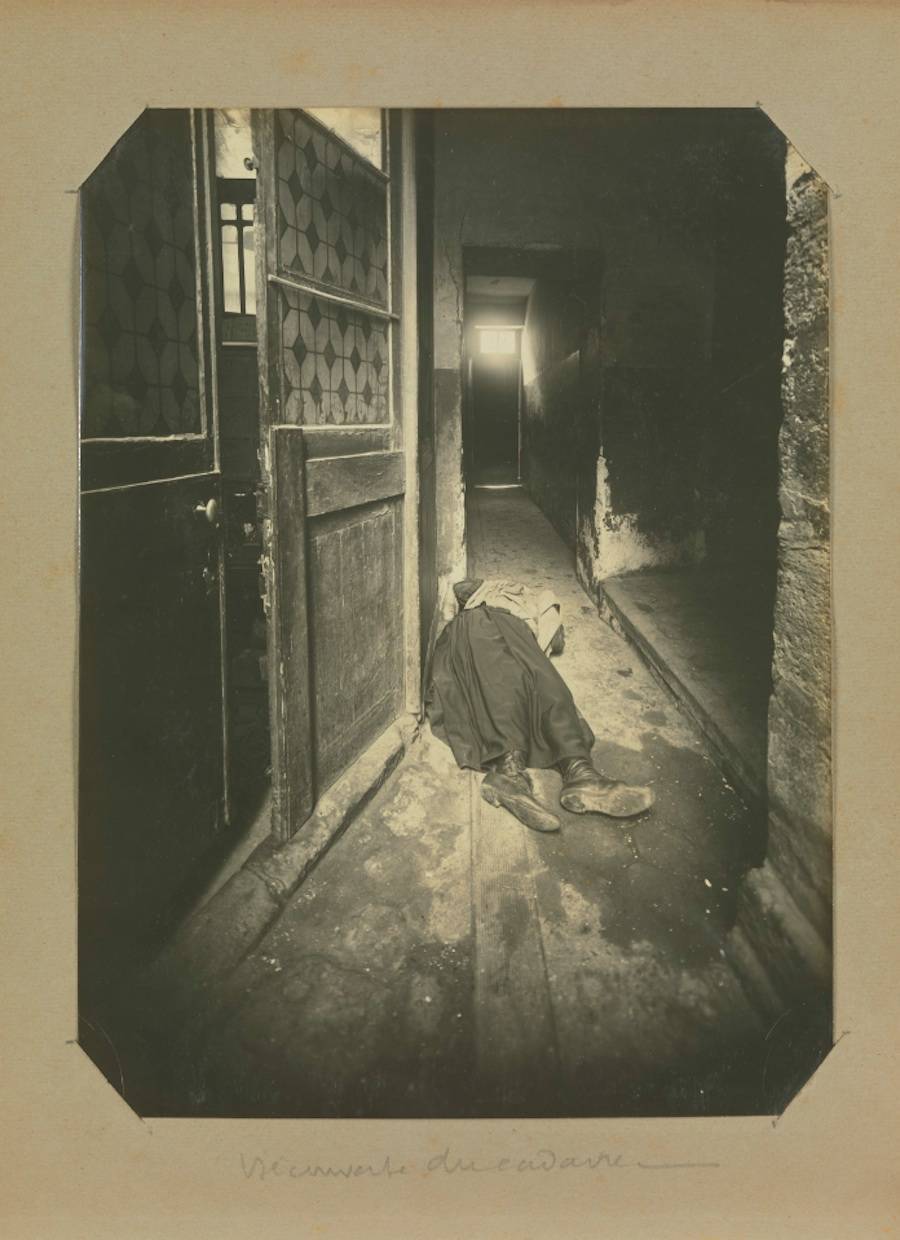

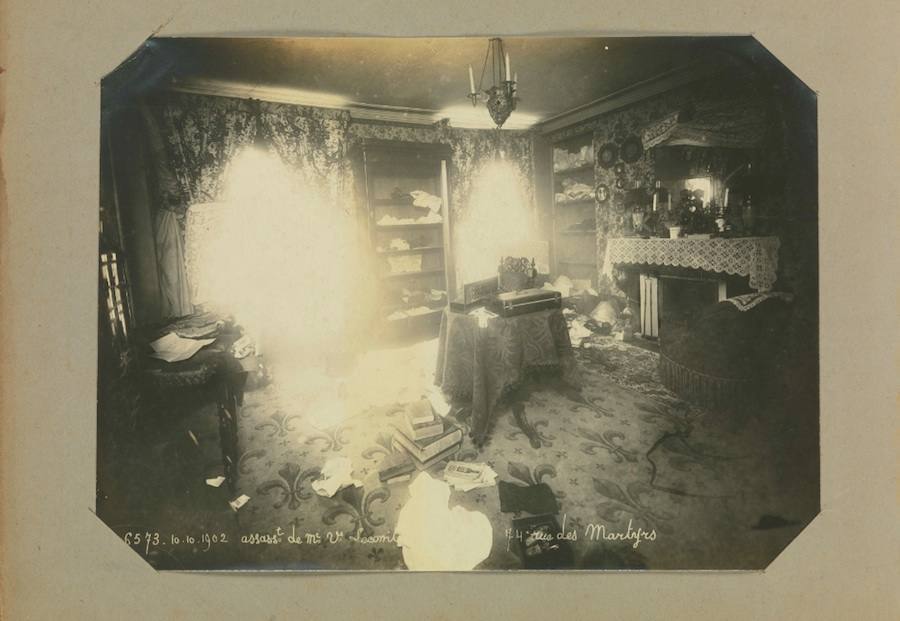
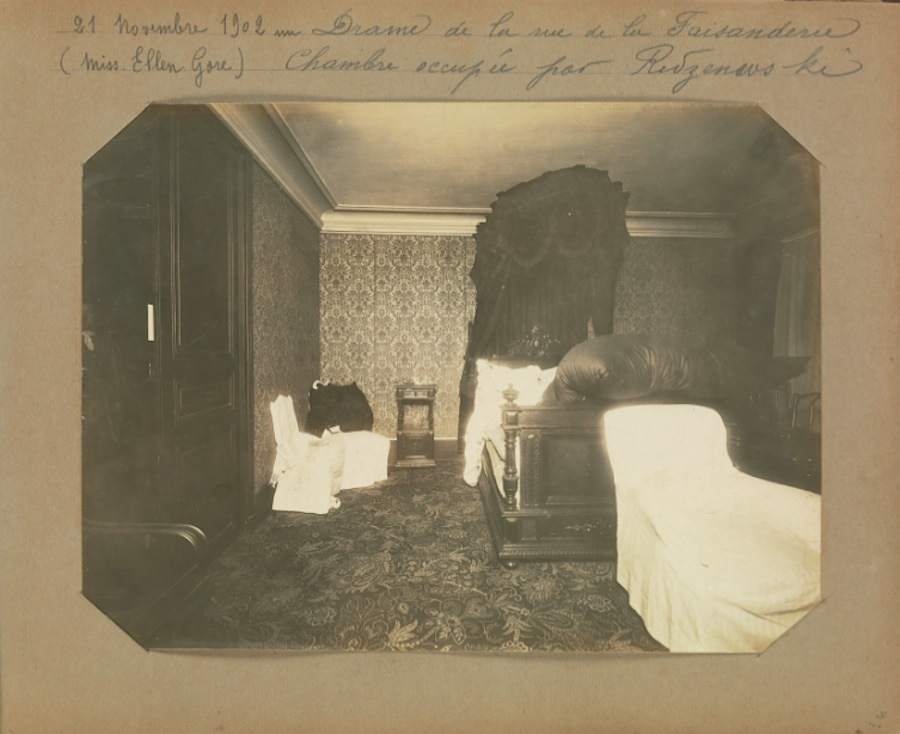
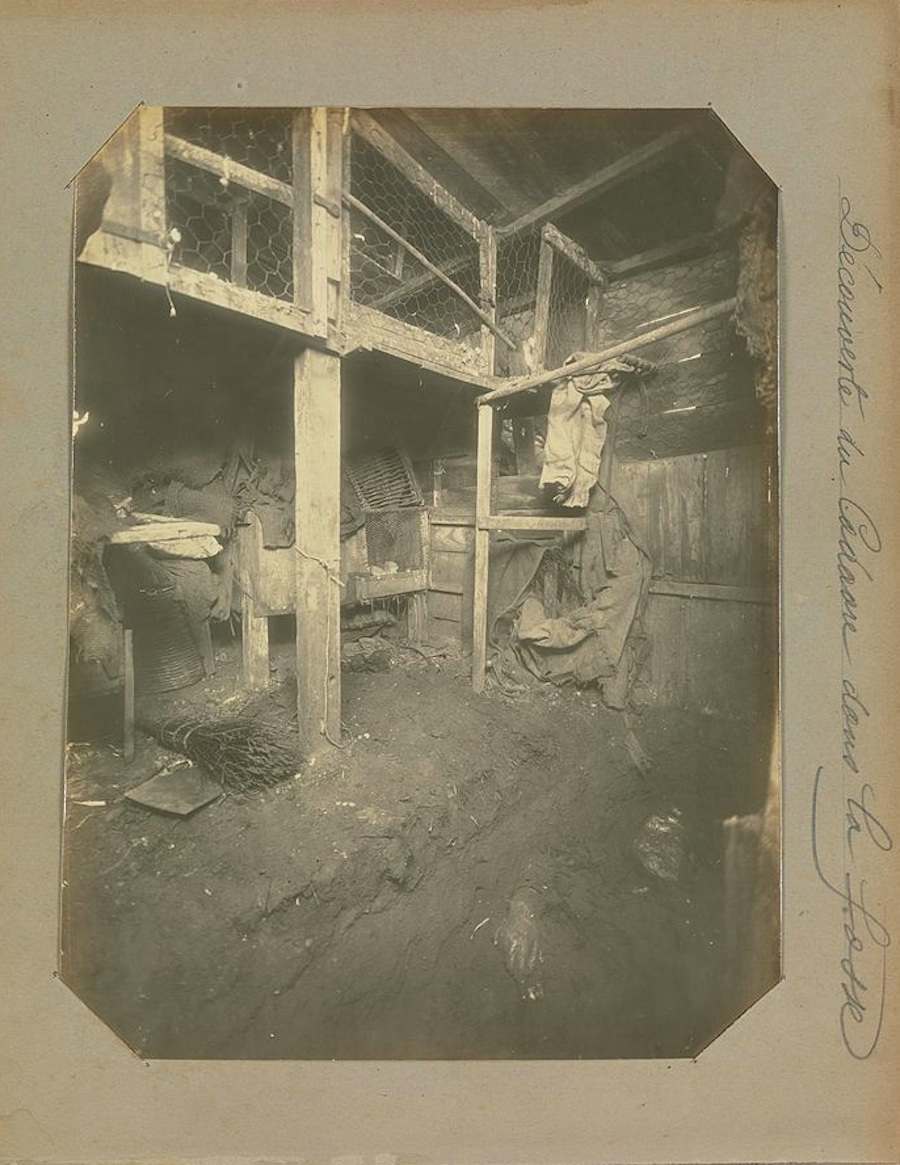
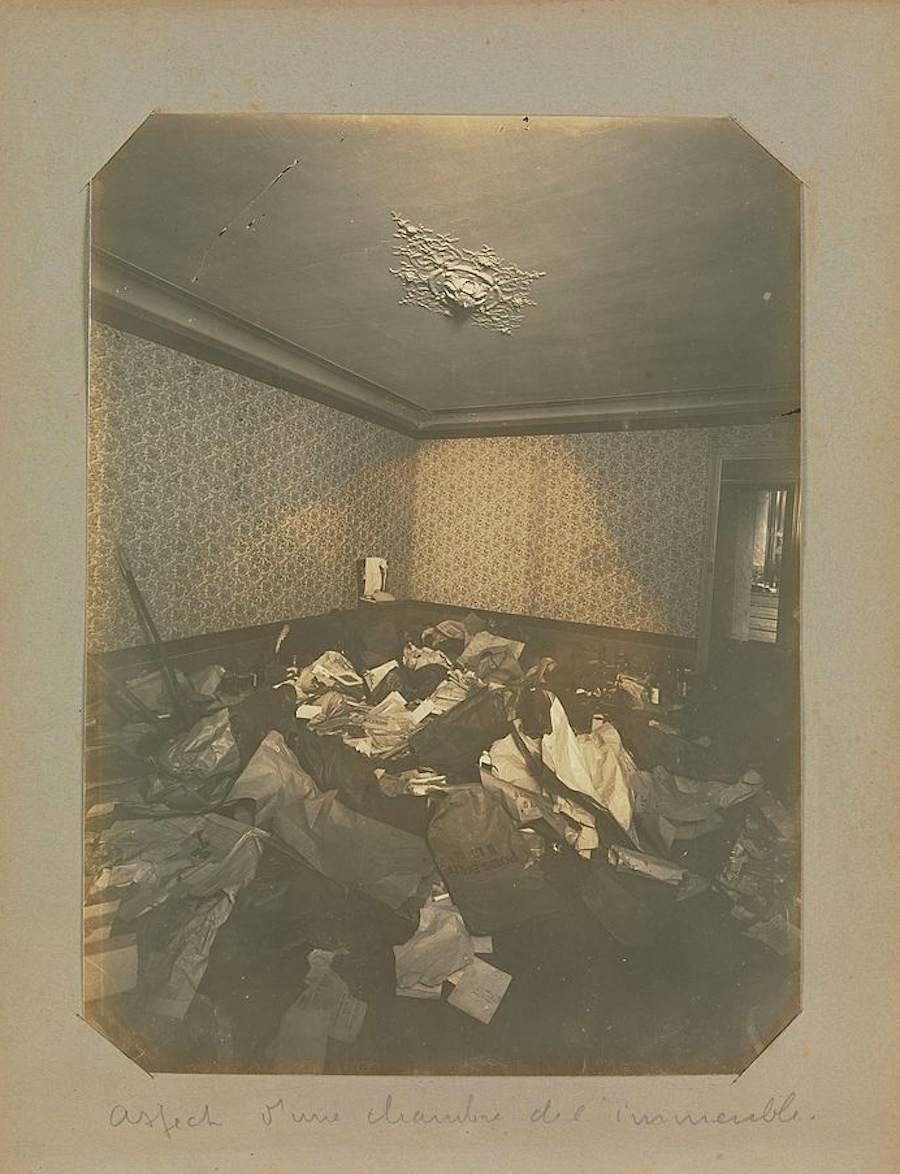
Via Wiki Commons.
Would you like to support Flashbak?
Please consider making a donation to our site. We don't want to rely on ads to bring you the best of visual culture. You can also support us by signing up to our Mailing List. And you can also follow us on Facebook, Instagram and Twitter. For great art and culture delivered to your door, visit our shop.

